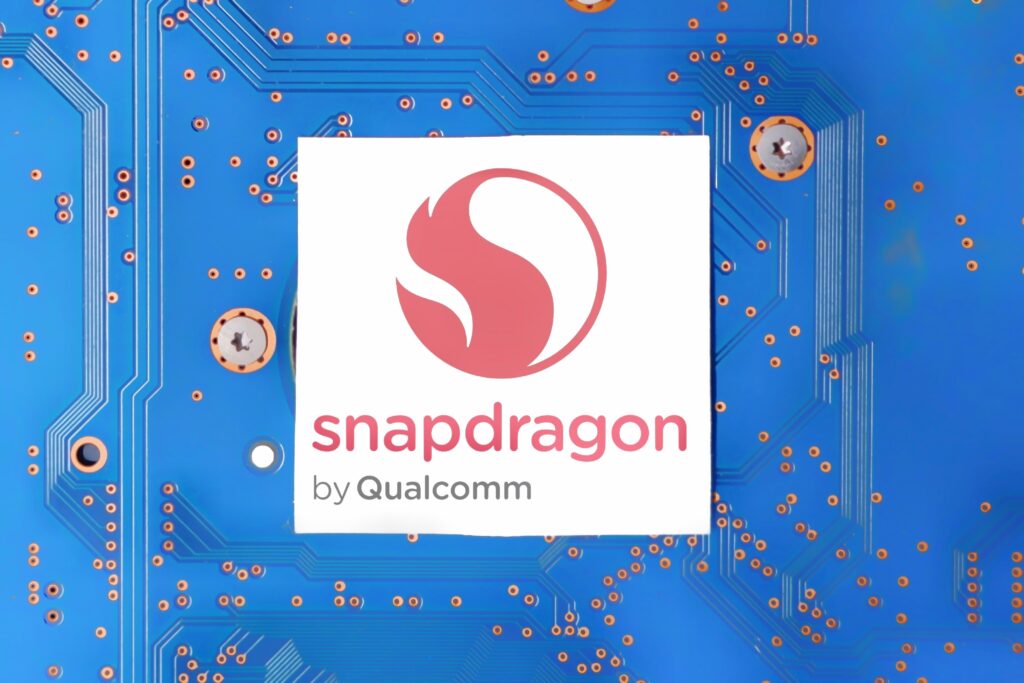Qualcomm (NASDAQ: QCOM) introduced its latest processor on March 21, the Snapdragon 7+ Gen 3, designed to bring better performance to mid-range and sub-flagship devices.
Several phone makers like OnePlus, Realme, and SHARP will be among the first to use the new Snapdragon 7+ Gen 3 chip.
Built for affordability and power:
The Snapdragon 7+ Gen 3 processor boasts a triple image signal processor (ISP) for multi-lens switching, support for high-resolution photos (up to 200MP single or triple 36MP) and videos (up to 4K HDR recording).
The 7+ Gen 3 integrates the latest Wi-Fi 7 and Bluetooth 5.4 but utilizes a slightly less advanced X63 modem compared to top-tier chips, impacting peak download speeds (4.2Gbps).
Despite the modem downgrade, the chip promises a 5% overall power efficiency improvement. It also supports the latest LPDDR5X RAM and UFS 4.0 storage for faster data transfer and responsiveness.
The Snapdragon 7+ Gen 3 uses a 4nm TSMC process, similar to the recently launched Snapdragon 8s Gen 3. This manufacturing technology allows for a powerful eight-core CPU configuration featuring:
- One Cortex-X4 core running at 2.8GHz
- Four Cortex-A720 cores running at 2.6GHz
- Three Cortex-A520 Refresh cores running at 1.9GHz
While clock speeds are lower compared to flagship processors, Qualcomm claims a 15% CPU performance increase over the previous Snapdragon 7+ Gen 2.
Unlocking AI potential
Snapdragon 7+ Gen 3 prioritizes on-device artificial intelligence (AI) applications.
The chip boasts an AI engine compatible with various large language models (LLMs) for on-device generation of AI content, including Gemini Nano and Llama 2.
This empowers both manufacturers (OEMs) and developers to integrate these advanced AI features into a wider range of smartphones, potentially including more affordable models.
This further shows that the competition to include this type of technology in every smartphone, no matter the price, is speeding up this year.
The trend continues even as companies like Google acknowledge that certain recent flagship models, like the Pixel 8, won’t be able to support features like Gemini Nano due to hardware limitations.
Release date and pricing
The company expects phones with Snapdragon 7 Plus Gen 3 to cost between $400 and $600. This fits with their earlier statement that phones with the higher-end Snapdragon 8s Gen 3 could be priced from $500 to $800.
Commercial devices using these processors are expected to be announced over the coming months.










